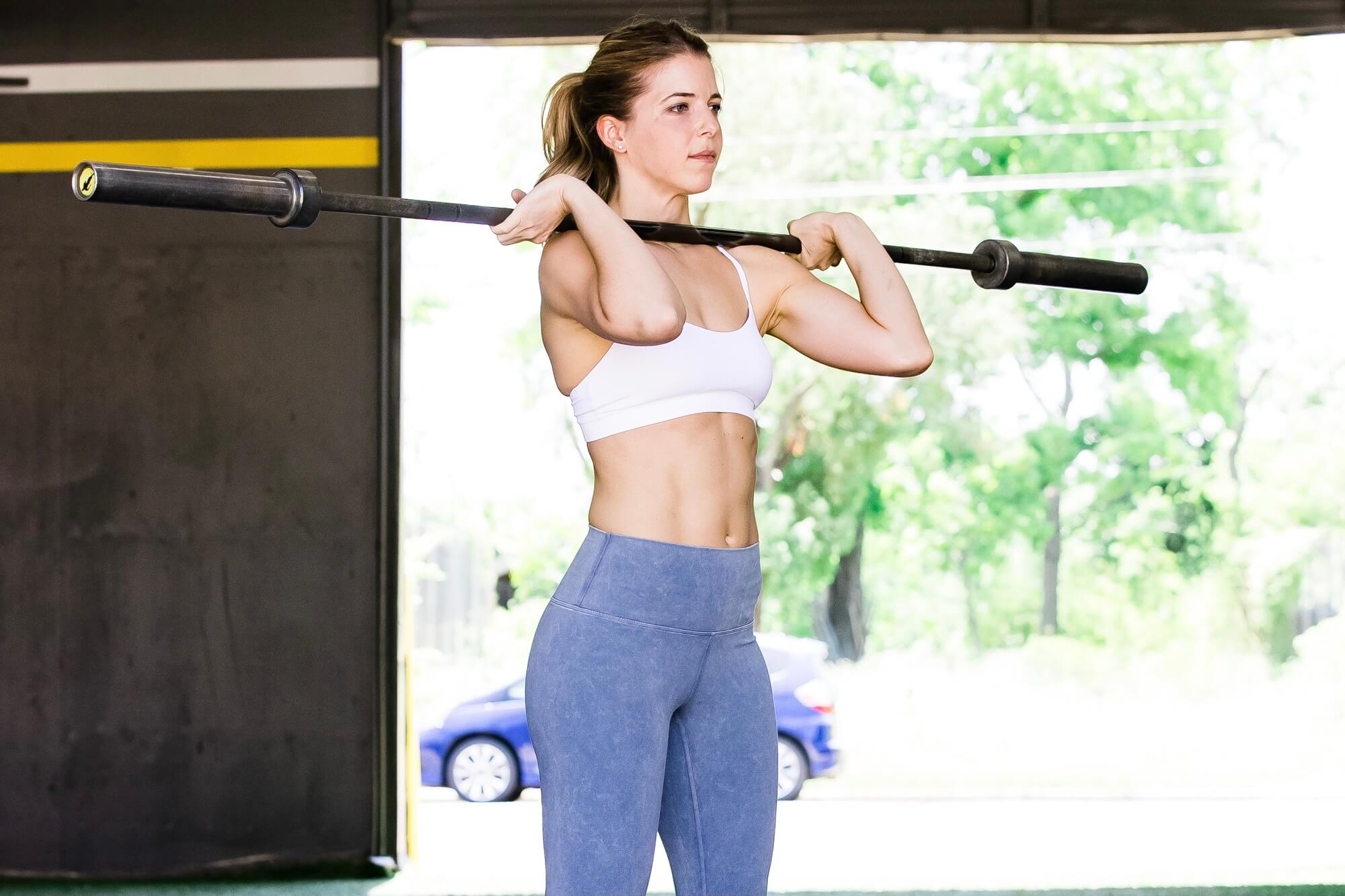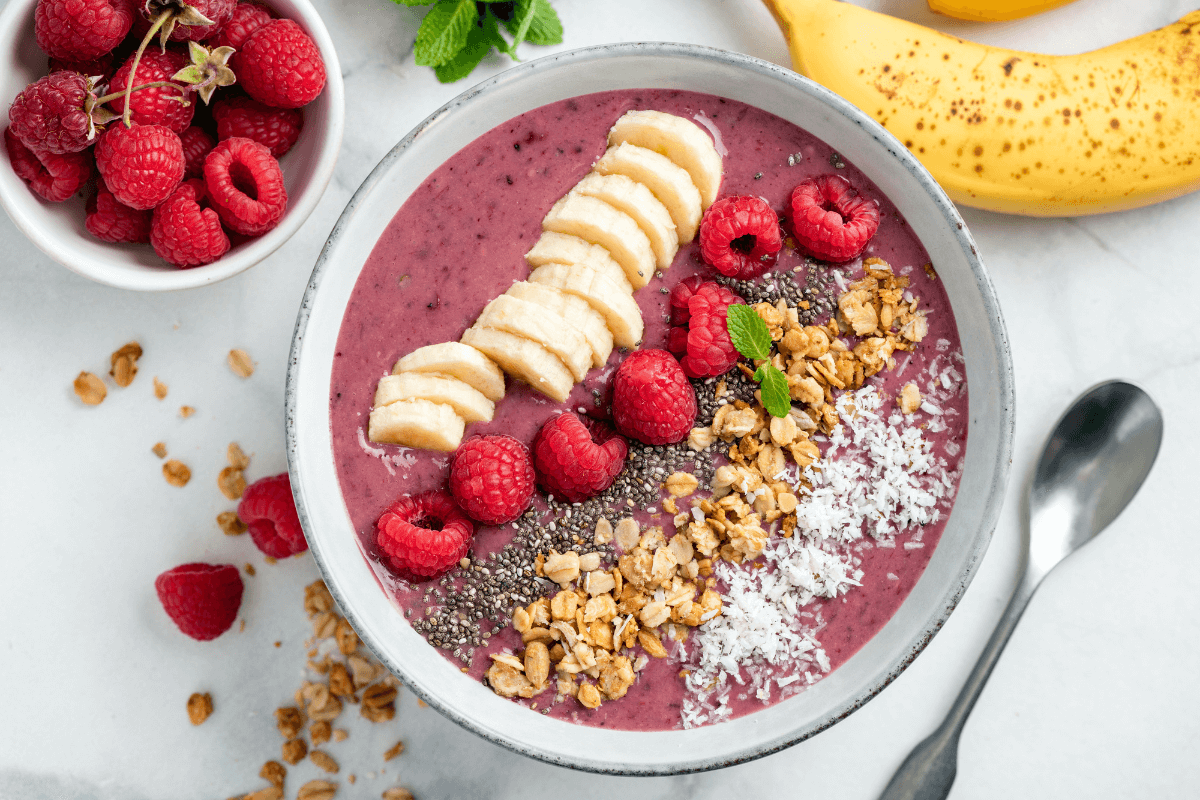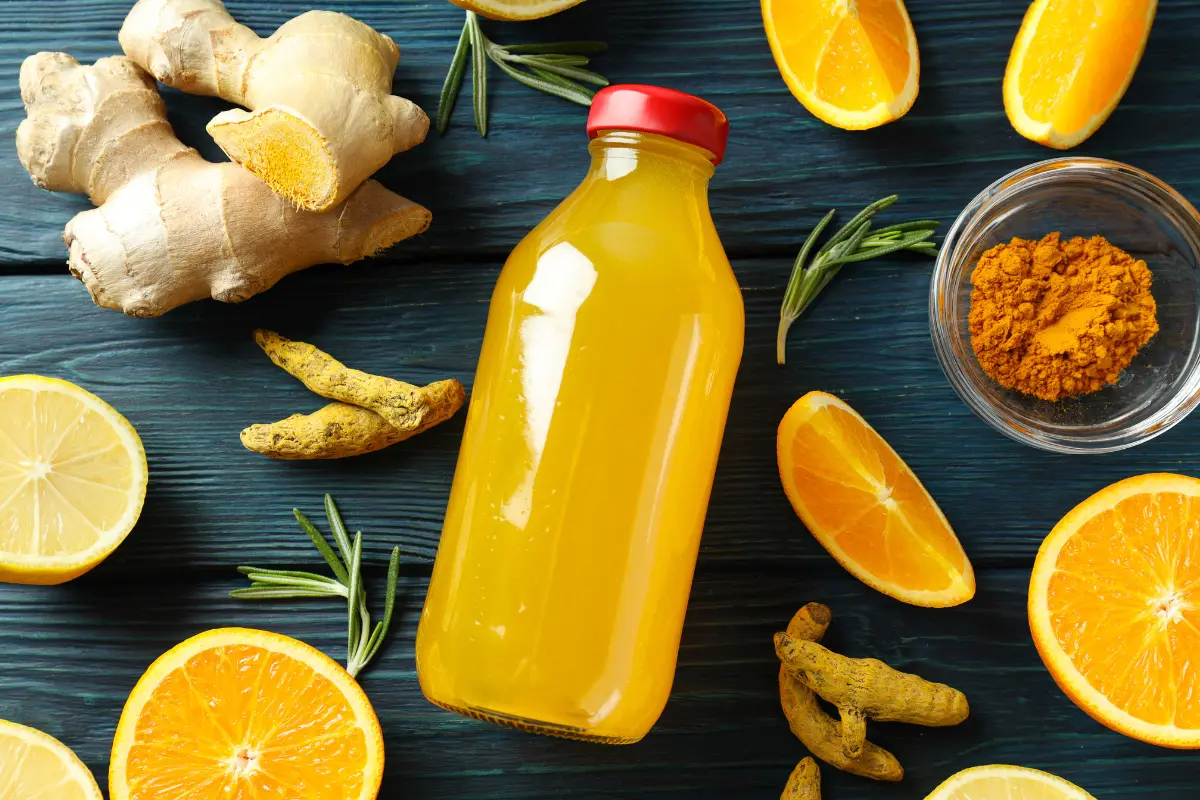
The menstrual cycle can feel like a crazy time with natural ebbs and flows. One day you feel ready to PR, the next the idea of lifting 50% of your max or running for more than a mile is daunting. Luckily, if you learn how to train with your period and your hormonal cycle, you can still maximize your athletic performance all month long.
Before we dive into the how, it’s important to understand what’s happening inside of your body. Here’s a fun party analogy to help paint a picture for you…
Welcome to Your Period House Party
Imagine your cycle is a house party...
Stay with me here.
Estrogen arrives super early to the party and heads to the dance floor. Estrogen’s party vibe starts pretty moderate, but is rising slowly through the whole first half of the celebration. She’s dropping it lower and lower until she reaches maximum dance-ability.
Advertisement
Even though Luteinizing Hormone (LH) and Follicle Stimulating Hormone (FSH) have been at the party the whole time, they mostly hung out on the couch.
Now their favorite songs are finally playing so they quickly join the dance floor with Estrogen and together they dance their hardest until they can dance no longer. At this point, ovulation is triggered…everyone stops to take a break.
Well… Everyone besides Progesterone who arrived fashionably late.
While Estrogen, LH and FSH bid us goodbye for now, they make way for progesterone, who may have showed up late but is ready to ROCK.
Progesterone has been hanging out the front of the party for the first half waiting for Estrogen and her girls to peak. Now that they have, Progesterone is ready to dance and this girl can break it down three times harder than estrogen...and for a LOT longer.
Advertisement
The analogy gets weird here but I’ll keep trying.
Now that ovulation has happened, Progesterone basically dances her heart out until an egg is fertilized. At this point, she’s waiting for her chance to steal your cycle away for the next 9 months but if, to her disappointment (I always imagine she really wants a baby) there is no pregnancy, she gets grumpy, immediately leaves the dance floor and hands it back to Estrogen who has had a nice rest and is ready to slow build up her dancing again.
If you had become pregnant, Progesterone would be the queen of the dance floor for quite a while. If no sperm is there to fertilize the egg, a menstrual bleed happens.
When you understand how much these fundamental hormones fluctuate, it makes it much easier to accept that your feelings and performance will also change throughout the month, right?
Let’s look at the different phases of your cycle, what you can expect and how you could even use this information to improve your programming and performance.
Advertisement
The First Phase of Your Cycle: Follicular Phase
The Follicular Phase, also known as the Proliferative Phase or the Preovulatory Phase of your cycle marks the time when your body is preparing for ovulation.
It starts on the first day of your last bleed (unless you haven’t had a bleed in a while...see ‘PSA: Your Period is Important’) and can last anywhere from 10-16 days.
There are even instances where this part of your cycle can be as short as 6 days, but if that happens frequently you’ll want to look further into that with a health practitioner. Definitely keep an eye on it, as your training and nutrition can be playing a role in disrupted cycle phases. This is why tracking your cycle is so important.
At the start of the Follicular Phase your brain has told your ovaries to choose one of it’s selection of developing follicles to be, well, the chosen one!
Advertisement
Sometimes two can be chosen (aka twins) and when this happens, the follicle matures quickly and prepares to release (ovulation). Hence the name ‘Follicular Phase’.
How to Optimize Training in the Follicular Phase
The Follicular Phase is typically when you have the highest energy, highest focus, and best mental and physical performance.
You might find yourself feeling more energetic, ready to push for PR’s and have a higher willingness to train.
If you have control over your programming, we recommend planning your most intense training sessions or max-out sections during this phase.
When it comes to appetite, you might notice yourself having an easier time fueling and feel less hungry and more satisfied.
Advertisement
You may not notice this pattern, but I bet that your check-ins with your WAG nutrition coach are more on the positive side of life and filled with great stories about successful training sessions.
Somewhere closer to the end of this phase and around ovulation (more on that in a second!), you might also experience an increase in emotions...I mean, what else do you expect when many of your hormones are doing this:

Ovulation
You’re still considered in the “first phase” of your cycle during Ovulation and it may not feel much different from the follicular phase, so you can keep riding that wonderful wave.
But, it is still important to stay aware that a few changes are happening due to ovulation!
Advertisement
When you ovulate, your basal body temperature increases significantly. Then, it stays high throughout the second phase of your cycle. You’re more likely to feel a loosey-goosey (think: at the end of your range of motion) due to changes happening in your pelvic region thanks to hormones and shifts in your cervical position. It literally moves around throughout the month!
How to Optimize Training During Ovulation
Right now, estrogen is reaching its absolute peak, along with LH and FSH. These changes are attributed to ligament laxity, which has shown that women are 3-6 times more likely to experience a ligament injury during ovulation (1).
You can keep riding that estrogen wave… Just keep that laxity in mind when you’re warming up for those deep squats or fast sprints and don’t push the ends of your range of motion.
The Second Phase of Your Cycle: Luteal Phase
The Luteal Phase, also known as the Secretory Phase or the Postovulatory Phase of your cycle is the time when your body has finished ovulation and is now busy preparing for either:
Advertisement
- Implantation of a fertilized egg
- Shedding the lining of the uterus in the form of blood, because there is no fertilized egg
Estrogen, LH and FSH have finished their peaks and have come plummeting down. This is what triggered Progesterone to rise and suppress Estrogen from doing it’s thing and beginning the cycle again.
If successful implantation happens, this second phase of the cycle will, to put it really simply, continue. Progesterone stays high to support pregnancy and “the miracle of life” happens.
During the first half of your cycle, your uterine lining builds up and prepares itself to become the cosy home of a growing baby. If there is no baby, it will shed and the cycle begins again.
This second phase of your cycle is generally around 12-14 days but you could see a variance as low as 10 days or as high as 16 days. If you’re experiencing a luteal phase of less or more, then you should look at that with your practitioner.
Your training and nutrition could actually be playing a role in the health of the length of this phase of your cycle.
Advertisement
How to Optimize Training in the Luteal Phase
During the luteal phase, it’s common to experience less energy and see a drop in performance. If you’ve ever thought to yourself, “but last week I was doing this EASILY, what is up this week?!” there is a good chance it’s tied to this phase of your cycle.
During this time your metabolism is also a little higher. This means that combined with feeling a bit more drained, you might feel a little hungrier. So if you catch yourself checking in with your WAG nutrition coach and telling them that suddenly your macros are not working like they were last week, it’s a possible consideration!
It’s not just in your head or the just bad week you’ve had, you ARE more tired during this phase. If you have control over your programming, this is the time to take it a little easier. An increase in rest days and a focus on lower-intensity work will be beneficial for your mood and recovery.
You’ll find that by accepting how the second half of your cycle can affect your overall performance, you can make the next best decision to recover and fuel and then when you get past your bleed and well and truly into your follicular phase, you’ll be back on top of the world – more than if you just tried to push yourself harder to get through it.
The Bleed
The bleeding portion of your cycle is when the cycle begins again, but I’ve left it to the end of this article because it is kind of where the proliferative and secretory phases intersect.
Advertisement
On the first day of your cycle, that signal from your brain to your ovaries to choose a follicle to bring to maturity has already begun…
….And your uterus is still shedding its lining from your previous cycle (menstruation) at the same time.
How to Optimize Training During The Bleed
Women tend to have very different experiences with this phase because the bleed is a cross-section between the end and the beginning of your cycle. So, you could feel great OR you could experience PMS-type symptoms.
It’s important to continue to give yourself grace during this time in training as you could be experiencing the effects of that rapid fall of progesterone. Immediately, halfway through or towards the end, you might even start to experience the nice rise in estrogen that’s easing that heightened anxiety or flattened performance that you were feeling.
Take this time with stride, learn what works best for you and treat yourself in training as you feel, not how you think you “should” feel. And, remember that this could change month to month.
Advertisement
So, Should You Program Around Your Cycle?
If you are looking to perform at your very best, programming your training around your cycle could be beneficial for getting the most out of your training season. Many programs have scheduled deload weeks anyway, so chatting with your coach about shifting your programming to better schedule your tougher weeks and lighter weeks in accordance with your cycle could be a relatively easy shift.
But, if you’re not all that into building your training around your cycle, don’t worry, me either. It’s a lot of work! Simply use this knowledge as power.
When you’re having sluggish days, weights are feeling heavier than normal or you’re not beating the times you previously set in your workouts, be aware that it could simply be a part of your natural cycle.
References:
1. Herzberg, S.D., Motu’apuaka, M.L., Lambert, W, Fu, R., Brady, J., Guise, J, M. (2017). The effect of menstrual cycle and contraceptives on ACL injuries and laxity: A systematic review and meta-analysis. Orthopaedic journal of sports medicine, 5(7). doi: 10.1177/2325967117718781
Dani Sheriff
Schedule a Free Intro Call
Working Against Gravity has led the macro tracking and health space for over a decade. Our team doesn’t just understand the science of nutrition—we’ve spent years mastering the art of tailoring it to fit your life. That means no cookie-cutter plans, just real strategies that have worked for over 30,000 people.
Schedule a free call with our team to learn how working with a 1-on-1 WAG coach will help you reach your goals.




